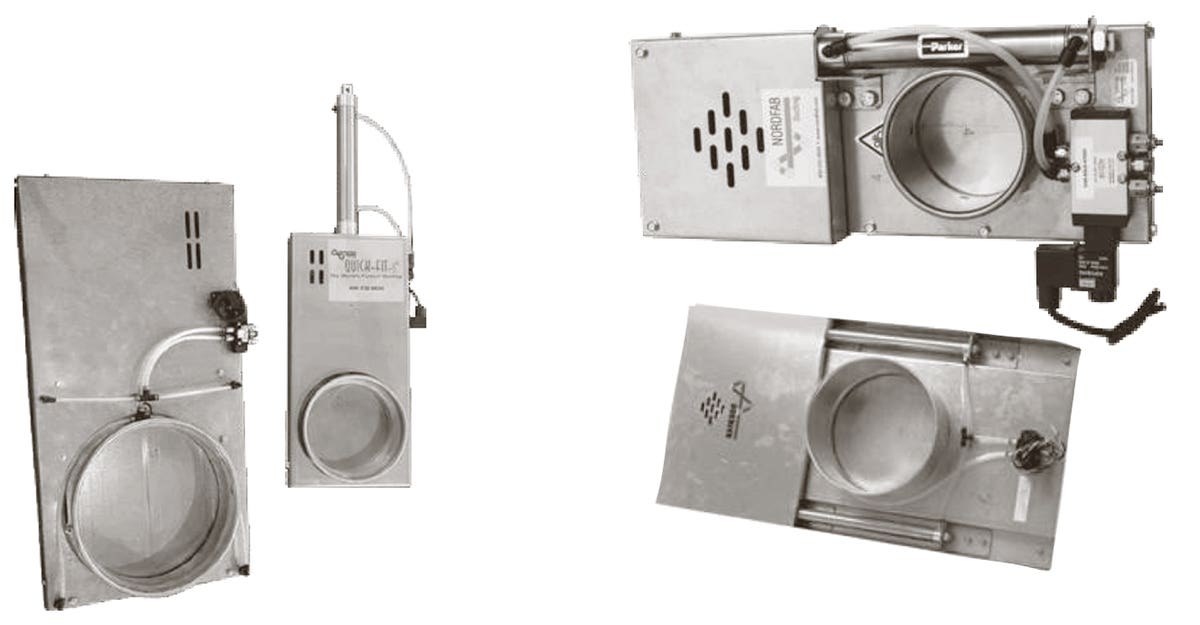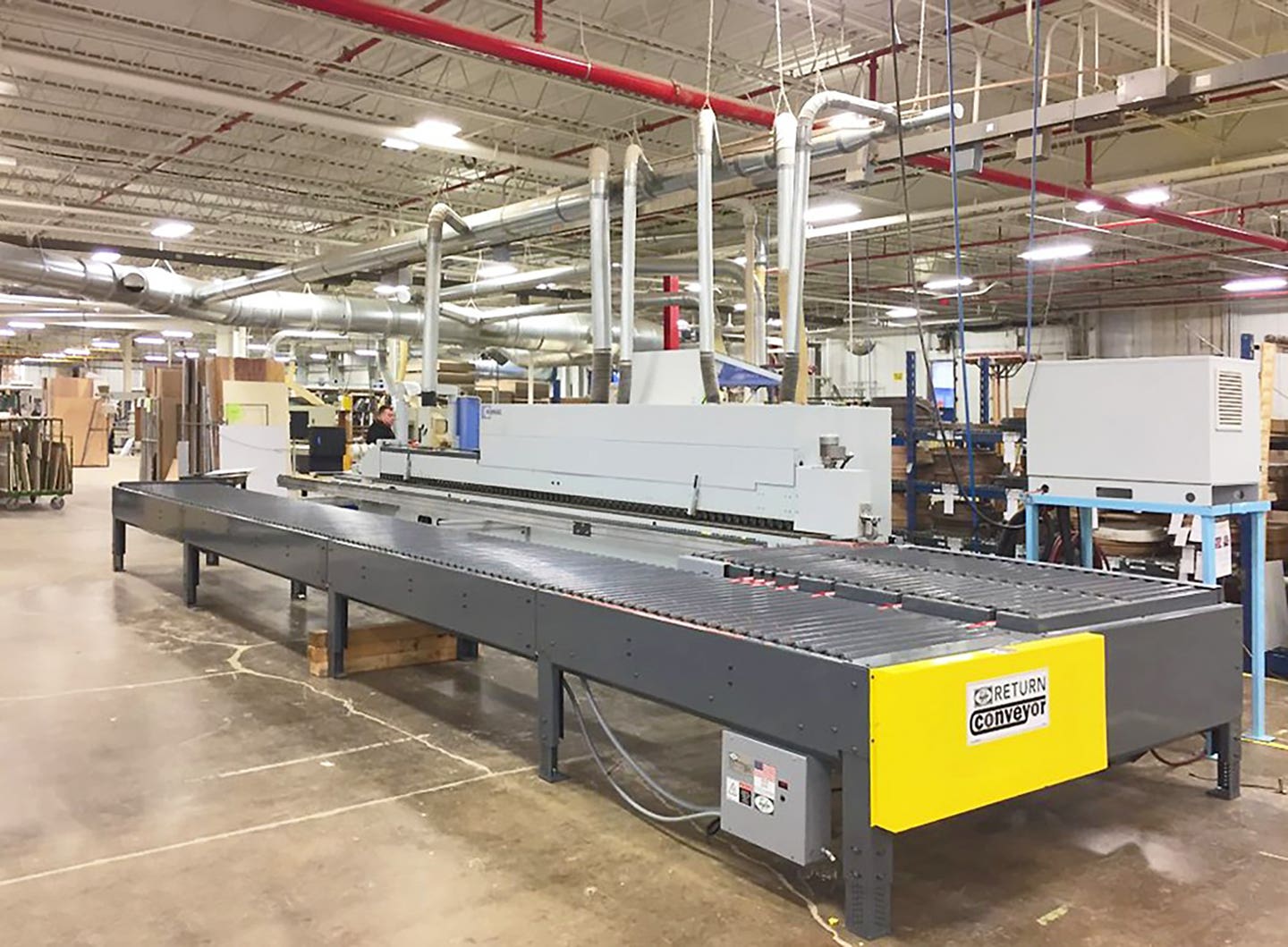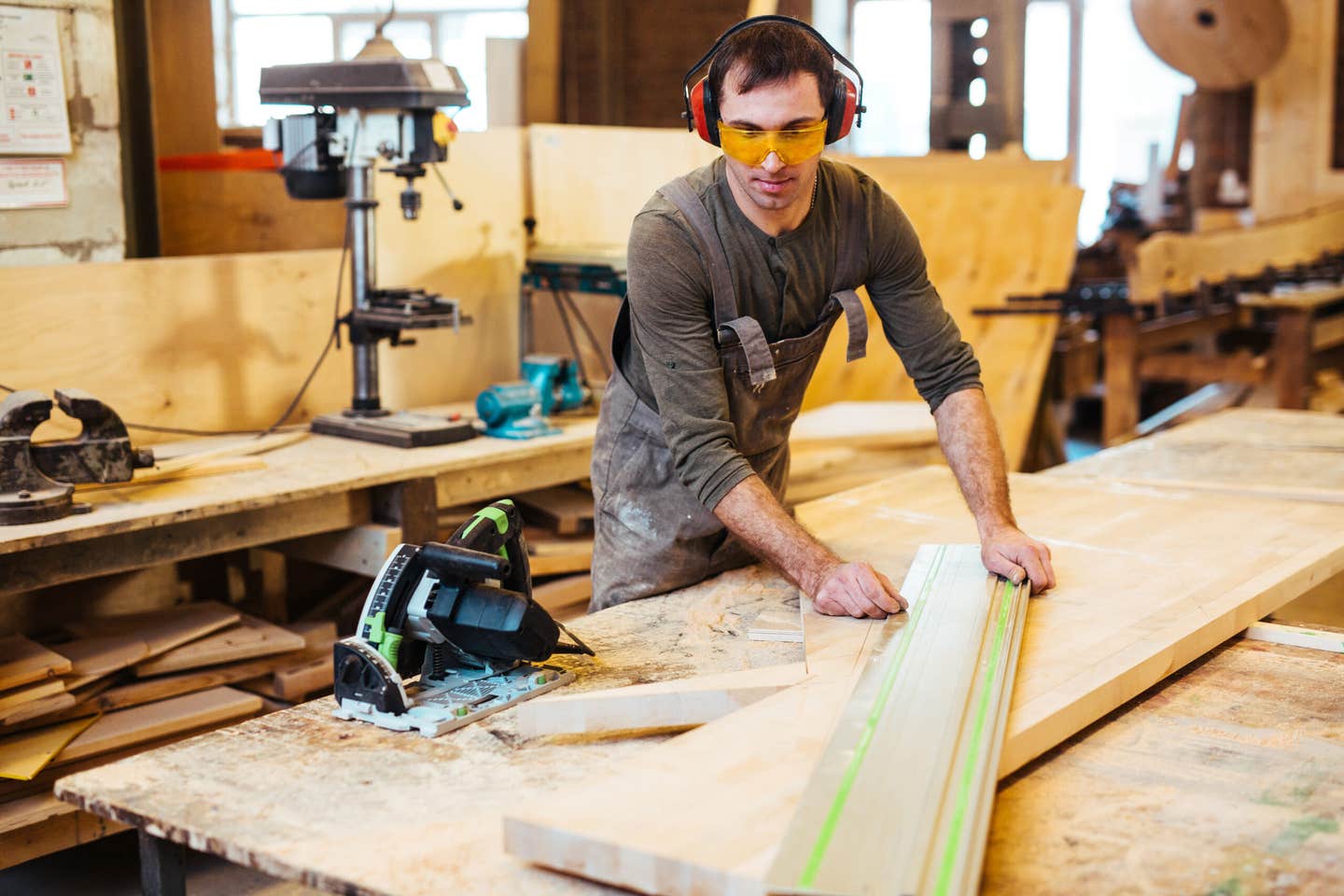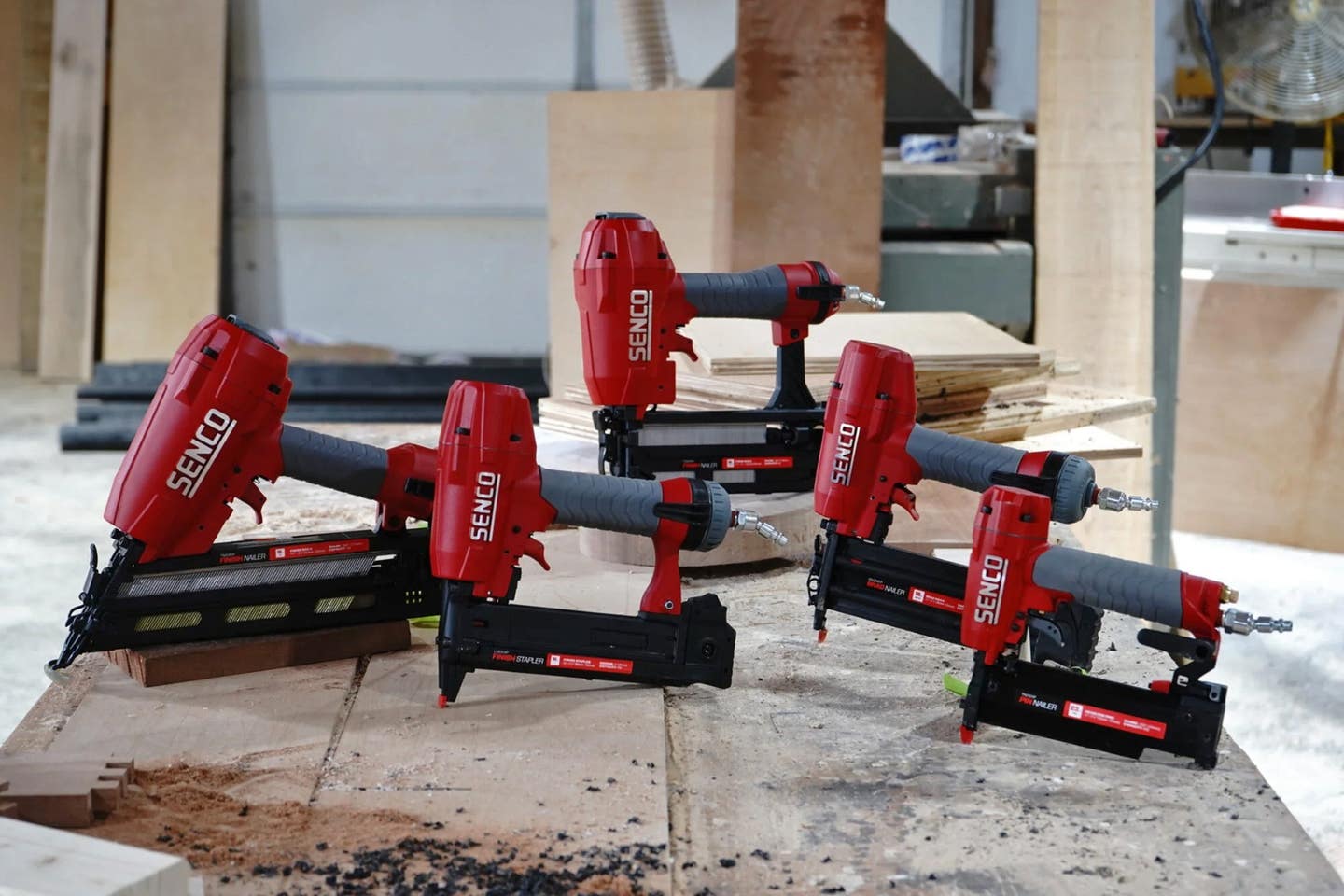In the eye of the beholder
Design is fickle, primarily because it is such a subjective process. Although there are solid principles of design, these rules are often broken. And that can letad to both innovative…
Design is fickle, primarily because it is such a subjective process. Although there are solid principles of design, these rules are often broken. And that can letad to both innovative and disastrous results. The single biggest factor I’ve learned through the process of understanding design is that it’s fluid or organic. Good design is not static. Once a design becomes entrenched in a method or pattern, it starts on the path of inspirational decline. This doesn’t necessarily make it a bad design, just one that has matured and is no longer growing.
One only has to look at classical design to be reminded of its ability to inspire through the course of many generations. But because classical design principles have become static, the inspiration is no longer revolutionary, but rather a building block for something young and new. And this is how we most easily relate to design; through the inspiration of what our contemporaries are producing.
Current trends
So what design trends are we seeing in the marketplace? If you read the trade journals you’ll discover a plethora of conjecture on new ideas and visionary paths our industry is on. In other words, there’s so much information you’ve got to have the sense of an old cow — chew the cud and spit out the stubble.
All design trends are just that — trends. When you break down what you see, it’s often nothing more than the recycling of old ideas. By embarking on a casual study of any design, whether it is clothing, automobiles, architecture, etc., you’ll clearly see how design reinvents itself. Even custom woodworkers are subject to trends. We might be a bit more sheltered from this up-and-down reinvention since our primary material of choice is wood, but we are nonetheless called upon to do new and different things.
The biggest yo-yo I’ve seen in cabinetmaking design trends are in the simple things like wood specie and finish choices. Things we did in the 1980s, like whitewashed oak finishes, are now making a comeback. But one thing you can’t lose sight of is that design is not only subjective, but also regional. You’ll find design to be trendier along the coastal states and highly regional when it comes to traditional or available materials.
For instance, when I lived in Tucson, Ariz., we built a lot of furniture in mesquite, a local hardwood indigenous to the desert. Implementing this material in the Southwest was a cultural thing, something that will not take root in other parts of the country. Again, design is fickle. The experts will tell you there are rules for good design, but that’s only half of the equation. You have to — I mean really have to — look at what society accepts in design if you want to make a sustained living at your craft. You can’t rest on your laurels of epic artist/designer and expect the market to embrace you. It’s one thing to be on the cutting edge by pushing the envelope of what we see in available design options, and quite another to create things that people will buy.
Trends to pay attention to, therefore, should be those that dictate where future work will be originating. These trends are not those that come from the design community, but rather the direction society is heading. This would include the continued push towards green, less expensive complex design and satisfying the instant gratification needs of the consumer. Yes, these issues are imposing themselves in a real way on how we’ll be designing things for the next decade. Let’s take a closer look:
Green: It’s almost become a dirty word. We’ve worn it out so much nobody wants to hear about it anymore. And I’m right there with you. I was conducting green building practices long before it became trendy. Back in the 1970s, the terms used to describe the movement were not very complimentary. Being responsible by recycling building materials, or working with local artsy craftspeople, was considered living an alternative lifestyle. It was not part of the mainstream movement. As crazy as that may sound, it’s true. Even President Jimmy Carter got criticized for installing solar panels on the White House. And now green is considered to be both politically and socially correct. It should come as no surprise that the generation that pushed the green movement as youths are now the power brokers implementing “design policy.”
Like the green concept or not, it’s here to stay. Be cognitive of what people want. So much of it is about common sense. What you need to know from a design standpoint is that our government, design community and the consumer are going to continue the push for more green concepts. And this will drive how you design your product in the future.
Complex design: In this Internet age we live in, people are no longer locked in the dark ages of design. The 21st century consumer is much more educated on design than its previous generations. Couple that with the inexpensive influx of imported product and you create a potentially volatile mixture of small-business-killing-poison. Contemporary (not the style, but the current climate) design is demanding more complexity in parts. Even simple designs can require sophisticated tooling to pull off. What this means for the small shop is the inevitable need for better tools. Like it or not, it’s getting harder to compete in this market without the use of CNC technology and other intelligent tooling options. Again, this insatiable desire for complexity will drive design far into the next decade.
Instant gratification: You’ve heard it said before that we live in a fast-food society. And we do. I can’t imagine how frustrating it would be working for a fast-food restaurant when customers get angry over having to wait 60 seconds longer than their last visit. Well, the same mentality has hit our industry. There is a trend toward instant gratification in everything. The combination of technological advancement and an uncertain economy makes people want things right away. Custom woodworkers and craftspeople of all trades understand certain things just can’t be sped up, especially in custom work. If you’re banging out burgers on the grill all day, you eventually develop a threshold of time in which a meal can be prepared. Custom and small production runs just don’t work that way. But if the market is demanding things faster, you’ve got to implement design that will allow you to satisfy the need of your business.
Individual implementation
OK, I get it. Design is mercurial. It’s a sort of “out-there” concept with which not everyone is gifted. And this leads to the assumption that not everyone has to concern themselves with it. Not true. Even if you’re a left-brain-dominated creation who approaches everything logically, you must not only pay attention to design, but also understand its most basic concepts. If you build anything, even when it’s with someone else’s design, you are implementing design in your cognitive response to a set of parameters.
The best way to figure out how to implement preparedness for design trends in your business is to take a three-way test.
• Does this design trend directly affect what I’m doing? For instance, what if you live in an area that doesn’t promote green building and the market base is completely uneducated on the trend? Should you be concerned with how this trend will affect your design? Probably not, unless it’s a current trend that you really believe in and want to include in your work. Therefore, being selective about the trends you implement is prudent from a business management perspective. All trends do not apply to everyone, just like there’s not one-size-fits-all clothing for all your needs.
• Even though all trends are not for everyone, all trends affect everyone. Design trends, like them or not, dictate what consumers are buying. When people are exposed enough times to a trend, any trend, they develop an affinity to the lure of what’s hot on the market. As an artist, you’ve got to be ready to respond, even when you think the trend does not affect your niche. This is because materials, techniques and design options affect all forms of craftsmanship. The key is staying aware of what is current so you know how it will affect what you build.
• And, finally, don’t be afraid of your own design. Trends are not always affected by outside influences. Unique designs can start a trend. In addition, trends do not have to be universal or big in scale. They can also be localized. You can even influence your local market and design community simply by implementing reasonable design that fits your production methods. The best way to measure the value of your own design is by what sells. If it sells, it’s good. If it doesn’t, it’s not.
It’s subjective
I think one of the best things to remember about design is that it’s subjective. That’s not to say the principles of design are worthless, just that they can be interpreted in many different ways. By all means, learn basic design so that it can be properly applied to your work. But understand design is more than principle alone. It requires a choice. And when people are involved, that choice is made from an infinite background of stimulants.
Design is like food: there are many options to choose from, it’s highly regional and it often requires long exposure before acquiring a taste for it. I’ve seen poorly designed objects that were the bane of Design 101 completely embraced by the person writing the check. Everyone sees things differently and, for the one who makes their living from a handcrafted object, that is the most important thing you must remember about design.
David Getts is a certified kitchen designer and owner of David Getts Designer Builder Inc. in Seattle.
This article originally appeared in the January 2012 issue.







